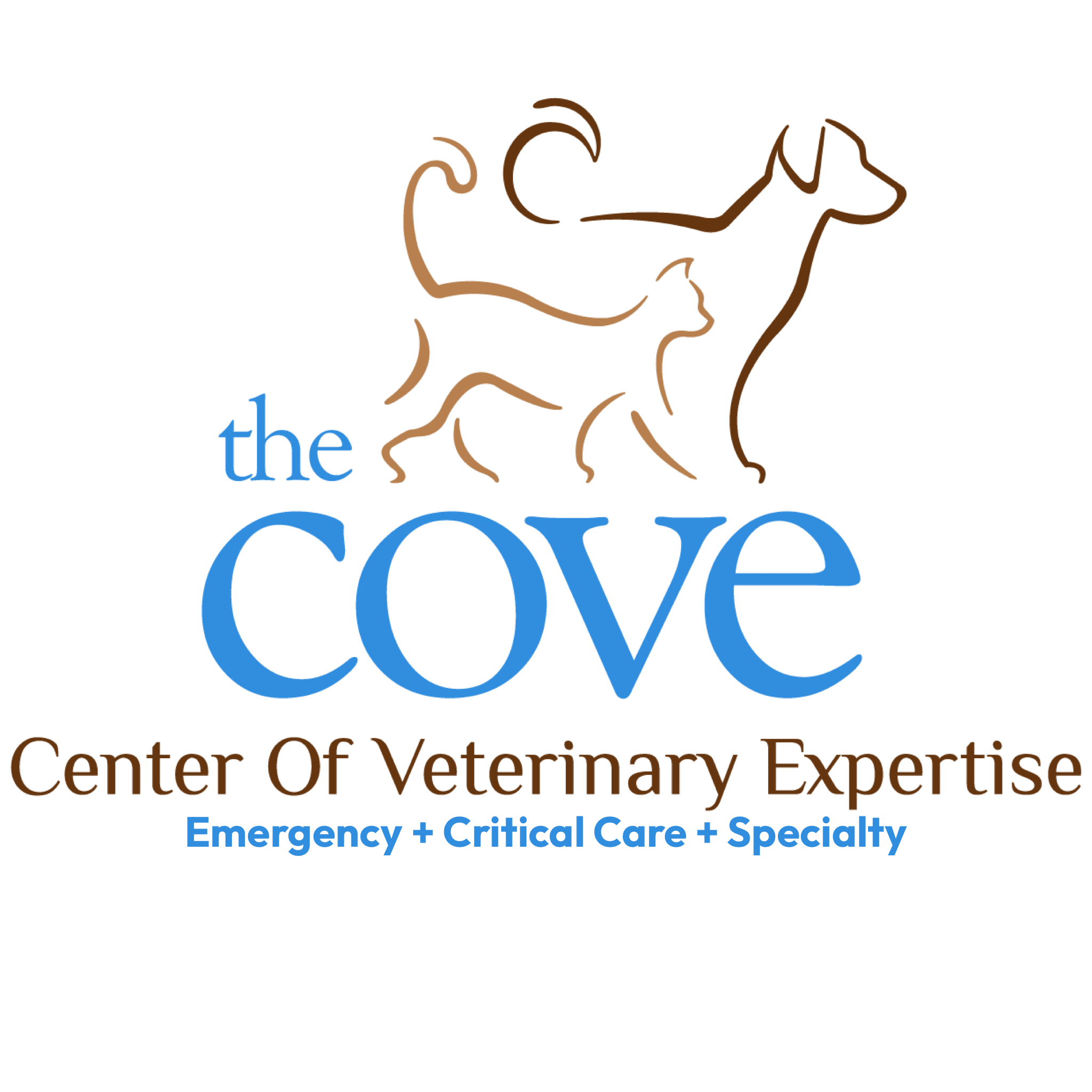Catastrophe Prevention: A Practical Approach to Cat-Proofing Your Living Spaces
Embarking on the journey of welcoming a new feline companion into your home is an exciting and heartwarming experience. However, once the decision is made, it’s crucial to assess and address potential home hazards before they become a permanent resident. Cats are naturally curious and athletic creatures, so a comprehensive look – both high and low – will help prevent any feline emergencies. In celebration of National Cat Lover’s Month, we thought it was the perfect time to provide a checklist for preventing common household accidents thus providing a harmonious coexistence with your new companion.
Think Like A Cat
One of the best tips for discovering hazards in your home is to think like a cat. Cats are agile, nimble, and can easily squeeze under furniture and into tight corners. If possible, get down on cat-level to look around for dangers. Similarly, look up high in areas your cat can jump to so you can mitigate any hazards—like hanging plants or string lights–above your head.
Here are some everyday things to watch out for when cat-proofing your home:
Electrical cords – Hanging cords can easily get tangled, cause strangulation, pose an electric shock risk, and cause lamps and other items to be knocked over if little paws pull on them.
Uncovered electrical outlets – If licked or pawed at, outlets can cause electric shock.
Top-heavy or unstable furniture – Furniture can fall over, especially if your cat likes to jump up high and hang onto heavy objects.
Small parts – Thumbtacks, toys, and small parts around the house can pose a choking risk, especially for kittens who like to explore the world with their mouths.
Statues or vases – These fragile objects can fall on a curious kitten or cat if swatted or rubbed up against.
Candles, potpourri, and essential oil diffusers – Aside from a burn or fire risk, these items also release dangerous fumes into the air, many of which are toxic to cats.
Window shade or blind cords – Blind cords may be fun for your cat to bat around but can loop over a head or neck and become a risk for choking and strangulation.
Open windows – Ensure screens are properly attached and windows are latched closed if window screens aren’t present. Cats are known to fall out of windows if left open.
Unsecured doors – If you have an indoor cat, you want to make sure they stay safely inside.
Craft or sewing kits – String, ribbon, sewing needles, thread, and other crafting and sewing materials may be attractive to play with. Still, if they ingest long pieces, these can cause a foreign body obstruction that can be difficult to remove and require surgery.
Hanging tablecloths – A cat playing with a hanging tablecloth can easily pull down any dishes or items on the table.
Houseplants – Several plants are highly toxic to cats. Lilies, poinsettias, and holly all top the list of plants to avoid if you have pets in the home. The ASPCA has a comprehensive list of toxic and non-toxic plants for cats (and dogs).
Laundry room hazards – Fabric softener sheets and detergent pods are toxic to cats if ingested, and open dryer doors can be an invitation for feline friends to nap on warm clothes inside before the door is shut, trapping them.
The Kitchen
In addition to specific hazards in the kitchen, be careful leaving food out on the counter where curious cats can quickly jump up and access it. Hazardous foods include:
- Poultry bones, skin, and string
- Fatty or buttery foods
- Grapes and raisins
- Chives, garlic, and onions
- Macadamia nuts
- Chocolate
- Yeasted bread dough
- Alcohol
Additionally, keep cats away from garbage, plastic wrap, and open cabinet doors with chemicals and cleaners inside.
The Bathroom
Bathrooms have a plethora of hidden dangers. Human medications are particularly of concern since one single Advil or Tylenol can have disastrous effects on your cat if ingested. Keep cleaners and disinfectants out of reach, and make sure cats don’t have access to razors or anything sharp.
The Yard and Garden
It’s impressive (and somewhat frightening) to realize just how many items pose a threat in your yard, garage, and garden. If you think your pet has ingested something poisonous, don’t hesitate to seek treatment or call the ASPCA Animal Poison Control Center at (888) 426-4435.
When cat-proofing your outdoor areas, think about:
- Puddles of antifreeze on the ground
- Chemicals, fuels, paint, and paint thinner
- Herbicides, pesticides, and snail bait
- Rodent bait
- Poisonous plants
- Bone and blood meal and fertilizers
In addition, be aware of unfenced pools. Cats can drown if they fall into a pool and cannot escape.
Cat-proofing your home has two goals: keeping your cat or kitten safe and keeping your home intact. With this checklist, you’re sure to be successful.
If your cat has gotten into something they shouldn’t, please call The COVE at 757-935-9111. We are here to help!
About Us
The COVE’s veterinarians and staff wholeheartedly embrace the core values of community, collaboration, commitment, compassion, and integrity. This focus ensures that pets, the people who love them, and their primary care veterinarians have as positive and affirming a healthcare experience as possible, regardless of the circumstances that bring us all together.
